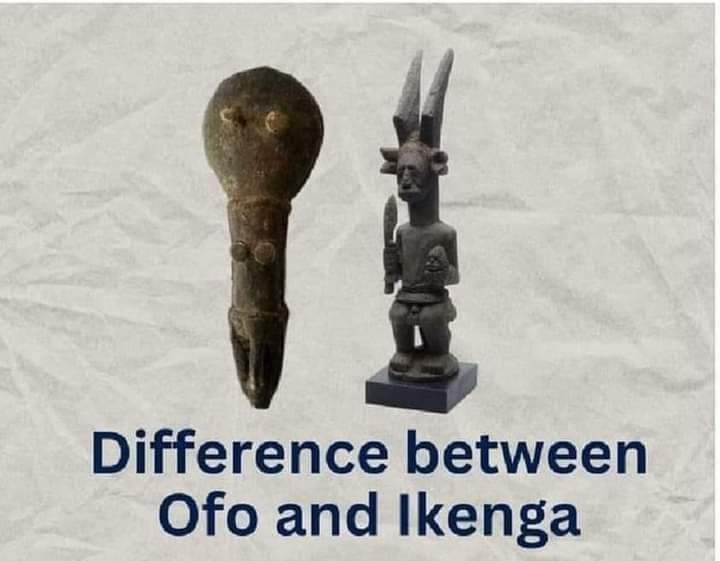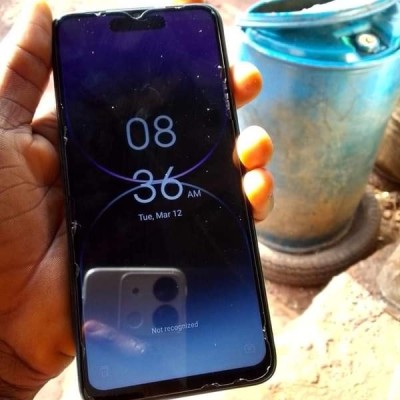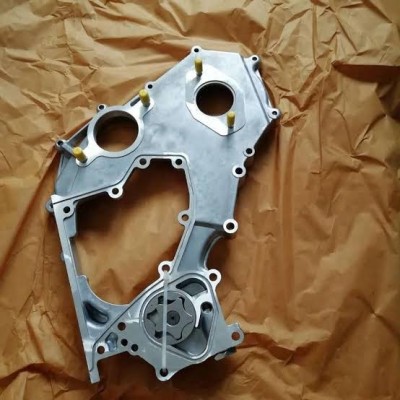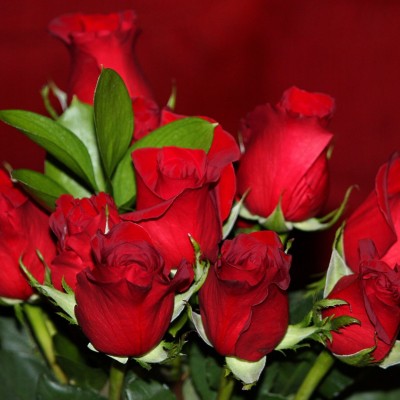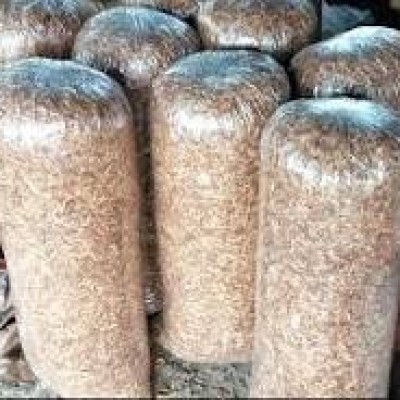Difference Between Ọfọ and Ikenga
An ikenga is a wooden carving that represents the owner's right hand. When an Igbo male reaches puberty, most times he is presented with an ikenga. It becomes his property which he must protect with his life. It is usually up to 2ft tall.
It carries the owner's chi, ndichie (ancestors), and ike, and represents his capacity for success and control over his own fate (power).
An ikenga is usually a seated male. The figure has two curled horns, and carries machete in his right hand (the hand of action) and a human head in his left hand (the result of the right hand’s action).
The facial expression of Ikenga is aggressive, exposing sharp teeth. Rams are used to represent Ikenga because of their strength and tenacity; they go into battle with their head and once two of them lock horns, they never back down until one is defeated. The ram horns, represents the determination needed to face life’s hurdles. The knife, with its wedged blade, connotes for the aggression with which challenges are met.When the owner dies, his ikenga is ritually broken into pieces and buried with him.
Sometimes because of lack of success in one’s life, it may lead an owner to reject his existing ikenga for and get a new one. A newly titled man may choose to replace his older ikenga with a newer one; a titled man’s staff may replace the knife in the right hand, while the left hand may carry an elephant tusk instead of the usual human head to depict his new status.In Igboland, ikenga still prominently upholds the value of individual enterprise in a person’s interaction with the world.
Ọfọ is a sacred symbol of truth and justice of the Igbo people.
It's a type of staff that's carried by elder men, etc. It plays a role in sacrificial rituals, oath taking, pronouncing judgement, deliberating policy within the family, community & involving blessings or curses.
The Ọfọ is a revered symbol of worship in the Igbo society.
The lineage Ọfọ, is believed to have been acquired by the founder of the Ụmụnna (family lineage group), as head. At the death of such a head, the next Ọkpara (first male child) inherits it so it goes handed from generation to generation.
In the case of death, Ọfọ can only be inherited by his eldest son after all the burial rites have been completed. It is regarded a calamity in Igbo land when a dead father has no male child to inherit his 'Ọfọ'.
There's no throne or Obi in Igbo land in olden days without Ọfọ. Igbo people cherish Ọfọ, that's why you hear a typical Igbo man say "Ejiri m gi Ọfọ na Ogu".
Till date, just like the Kolanut, the Ọfọ is an irreplaceable item in the Igbo traditions.
The ọfọ staff is carried by different Igbos — priests, kings, Ọkparas and some masqueraders.The ọfọ signifies authority, command, administrative powers, and powers bestowed by the gods. It is typically six to seven inches in height and can be made of bronze, brass, or wood.
In Nsukka, the ọfọ is referred to as the ohoo and is made using wood from the ukwu ohoo tree and it is carried by the Onyishi village elder) as both a symbol of identity and a symbol of worship.
The ọfọ is handled only by those who entitled and have the authority to wield it and passed from generation to generation.
The ọfọ is believed to link its owner to their ancestors and Chineke. Whatever one prays for, while holding the ọfọ and stamping it to the ground, is believed to be established.
The ọfọ grants the bearer the right to: Offer sacrifices, making prayers, swearing oaths Pronouncing judgements, Invoking blessings or curses.
It acts channel between the living, the dead, and those yet to be born.The ọfọ plays a role in the life of an Igbo man and one of the items that’s important to the life of Ndigbo.
The ọfọ is an exclusive right of the man but in places like Onitsha, ọfọ can be carried by a woman, the woman is called Onyisi Ọfọ.
-Culled from Ndị Igbo and Igbo History
